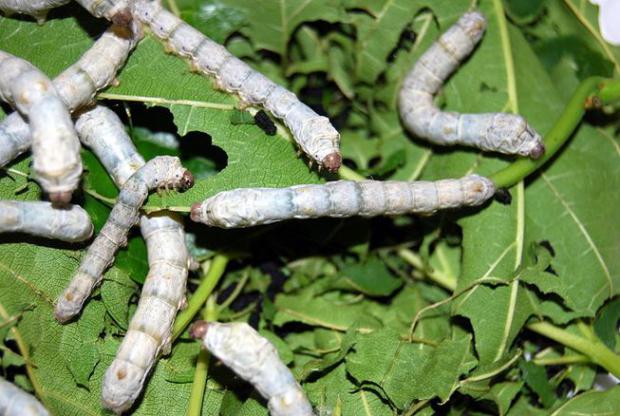
Breaking News
 If You Grew Up In The 1970s, You Probably Possess These Rare Traits
If You Grew Up In The 1970s, You Probably Possess These Rare Traits
 EVEN More SUPER SHADY Financial Dealings At TPUSA!
EVEN More SUPER SHADY Financial Dealings At TPUSA!
 British woman warns American about the Rise of Islam...
British woman warns American about the Rise of Islam...
 Saks Global prepares for bankruptcy after missing debt payment, WSJ reports
Saks Global prepares for bankruptcy after missing debt payment, WSJ reports
Top Tech News
 Laser weapons go mobile on US Army small vehicles
Laser weapons go mobile on US Army small vehicles
 EngineAI T800: Born to Disrupt! #EngineAI #robotics #newtechnology #newproduct
EngineAI T800: Born to Disrupt! #EngineAI #robotics #newtechnology #newproduct
 This Silicon Anode Breakthrough Could Mark A Turning Point For EV Batteries [Update]
This Silicon Anode Breakthrough Could Mark A Turning Point For EV Batteries [Update]
 Travel gadget promises to dry and iron your clothes – totally hands-free
Travel gadget promises to dry and iron your clothes – totally hands-free
 Perfect Aircrete, Kitchen Ingredients.
Perfect Aircrete, Kitchen Ingredients.
 Futuristic pixel-raising display lets you feel what's onscreen
Futuristic pixel-raising display lets you feel what's onscreen
 Cutting-Edge Facility Generates Pure Water and Hydrogen Fuel from Seawater for Mere Pennies
Cutting-Edge Facility Generates Pure Water and Hydrogen Fuel from Seawater for Mere Pennies
 This tiny dev board is packed with features for ambitious makers
This tiny dev board is packed with features for ambitious makers
 Scientists Discover Gel to Regrow Tooth Enamel
Scientists Discover Gel to Regrow Tooth Enamel
 Vitamin C and Dandelion Root Killing Cancer Cells -- as Former CDC Director Calls for COVID-19...
Vitamin C and Dandelion Root Killing Cancer Cells -- as Former CDC Director Calls for COVID-19...
Silkworms fed carbon nanotubes produce super-silk that conducts electricity

If silkworms were Pac-Men, carbon nanotubes would be their power pellets.
On a hunch, scientists at Tsinghua University in China fed silkworms with a solution that contained both carbon nanotubes and graphene — a super-strong material made from latticed carbon atoms — and the insect larvae immediately went to work producing a super-silk with qualities never seen before in regular silk, reports Scientific American.
The super-silk was not only super-strong, capable of withstanding at least 50 percent higher stress before breaking, but it was also capable of conducting electricity. Regular silk can't do that. The discovery could lead to new applications for the material, such as in wearable electronics or medical implants.
Researcher Yingying Zhang and her colleagues fed the silkworms the carbon materials by spraying mulberry leaves — the worms' favorite food — with aqueous solutions that contained either carbon nanotubes or graphene. The silkworms almost immediately began producing an enhanced silk. The concentration of the exotic materials was very low in the solutions, just 0.2 percent by weight, so apparently it didn't take much to significantly alter the fibers.
Using Raman spectroscopy and electron microscopy imaging, researchers could see that the newly spun super-silk had a more ordered crystal structure, which is likely what contributed to its added strength. The nanotubes could not be seen directly in cross-sections of the thread, however, so it's still unclear exactly how the silkworms are incorporating the carbon materials into their silk. It's also possible that nanotubes were not visible simply because the solutions fed to the silkworms were so diluted. Future studies that use more concentrated solutions should provide answers.
The real surprise, however, is the conductivity of the enhanced threads. It means that smart textiles of the future won't just be smooth to the touch, they might also be able to act as electronics, such as with sensors that can read nerve signals. The potential applications are interesting to envision.
The experiment is not the first to enhance silk threads, but most previous methods relied on treating already-spun silk with chemical additives. Feeding the silkworms with the carbon materials and allowing the larvae to incorporate them directly into the structure of the threads themselves doesn't just remove a whole step, it's also more environmentally-friendly. No toxic chemicals required.



